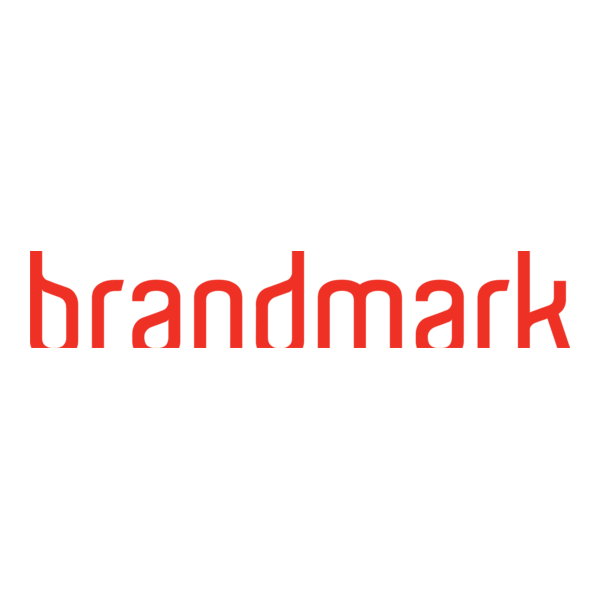
Brandmark AI: Complete Buyer's Guide
Cost-effective alternative to traditional design services
Brandmark AI positions itself as a cost-effective alternative to traditional design services in the AI brand kit generator market, targeting small businesses and agencies through one-time pricing models rather than subscription commitments[39][42]. The platform utilizes keyword-based algorithms to generate logos, fonts, and color schemes, distinguishing itself from competitors through its pricing structure while facing notable limitations in technical integration and cultural adaptability[39][46][47].
Market Position & Maturity
Market Standing
Brandmark AI operates within the rapidly evolving AI brand kit generator market projected to show substantial expansion through 2029, driven by digital marketing acceleration and cost optimization imperatives[39][41].
Company Maturity
The platform's emphasis on self-service operation and limited support infrastructure may indicate resource constraints compared to enterprise-focused competitors[45][57].
Growth Trajectory
Growth trajectory evidence remains limited in available research, with single case study documentation suggesting potential market traction[48].
Industry Recognition
Industry recognition and third-party validation require additional verification, as research sources provide limited evidence of awards, certifications, or analyst recognition.
Longevity Assessment
The platform's focus on SMB markets aligns with survey data indicating significant portions of small businesses operate without dedicated branding budgets[54], representing substantial addressable market opportunity.
Proof of Capabilities
Customer Evidence
Single documented case study reporting sales growth and cost reduction using Brandmark[48].
Quantified Outcomes
Substantial expense reductions versus $500+ professional design costs, with Brandmark's pricing structure enabling SMBs to access brand assets for $25-$175[42][48].
Market Validation
Market validation indicators show mixed results with user feedback indicating both positive interface reception and concerns about generic outputs[45][53].
Competitive Wins
Competitive performance evidence demonstrates speed advantages for concept generation compared to traditional design methods, though optimal results require significant prompt engineering training investment[44][47][51].
AI Technology
Brandmark AI's keyword-based generation system forms the core of its technical architecture, creating logos, fonts, and color schemes through user-input brand descriptors[39][46].
Architecture
The system's automated asset generation pipeline extends beyond logo creation to produce comprehensive brand packages including business cards, social media graphics, and style guides post-logo creation[39][46].
Primary Competitors
Subscription-based rivals like Looka ($96/year) and enterprise solutions like Canva AI with collaboration features[42][47][49].
Competitive Advantages
Pricing model benefits for budget-constrained organizations requiring brand assets without ongoing subscription commitments[42]. Rapid generation capability excels for concept development phases where speed outweighs customization depth[44][54].
Market Positioning
Brandmark positioned as a budget-focused alternative in a fragmented vendor landscape with numerous new entrants[41].
Win/Loss Scenarios
Brandmark wins with organizations prioritizing cost control and requiring basic brand assets without technical integration needs[42][54]. The platform loses against competitors when professional design teams require vector files, cultural adaptation, or design tool integration capabilities that alternatives provide more comprehensively[43][47][53].
Key Features

Pros & Cons
Use Cases
Pricing
Featured In Articles
Comprehensive analysis of AI Brand Kit Creators for AI Design for AI Design professionals. Expert evaluation of features, pricing, and implementation.
How We Researched This Guide
About This Guide: This comprehensive analysis is based on extensive competitive intelligence and real-world implementation data from leading AI vendors. StayModern updates this guide quarterly to reflect market developments and vendor performance changes.
57+ verified sources per analysis including official documentation, customer reviews, analyst reports, and industry publications.
- • Vendor documentation & whitepapers
- • Customer testimonials & case studies
- • Third-party analyst assessments
- • Industry benchmarking reports
Standardized assessment framework across 8 key dimensions for objective comparison.
- • Technology capabilities & architecture
- • Market position & customer evidence
- • Implementation experience & support
- • Pricing value & competitive position
Research is refreshed every 90 days to capture market changes and new vendor capabilities.
- • New product releases & features
- • Market positioning changes
- • Customer feedback integration
- • Competitive landscape shifts
Every claim is source-linked with direct citations to original materials for verification.
- • Clickable citation links
- • Original source attribution
- • Date stamps for currency
- • Quality score validation
Analysis follows systematic research protocols with consistent evaluation frameworks.
- • Standardized assessment criteria
- • Multi-source verification process
- • Consistent evaluation methodology
- • Quality assurance protocols
Buyer-focused analysis with transparent methodology and factual accuracy commitment.
- • Objective comparative analysis
- • Transparent research methodology
- • Factual accuracy commitment
- • Continuous quality improvement
Quality Commitment: If you find any inaccuracies in our analysis on this page, please contact us at research@staymodern.ai. We're committed to maintaining the highest standards of research integrity and will investigate and correct any issues promptly.